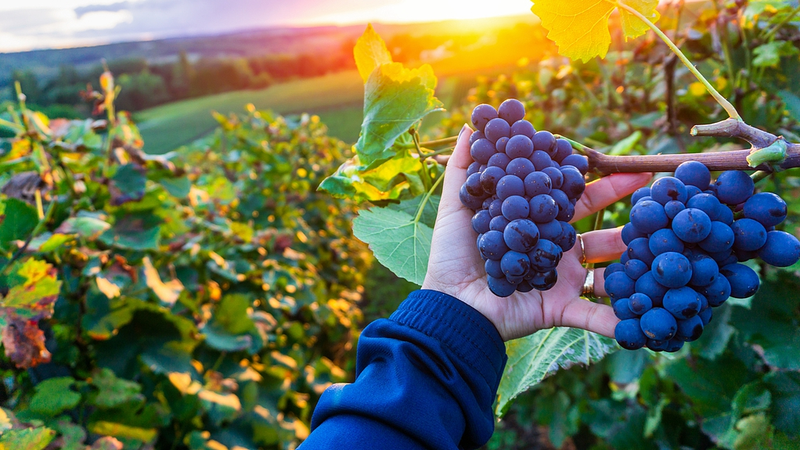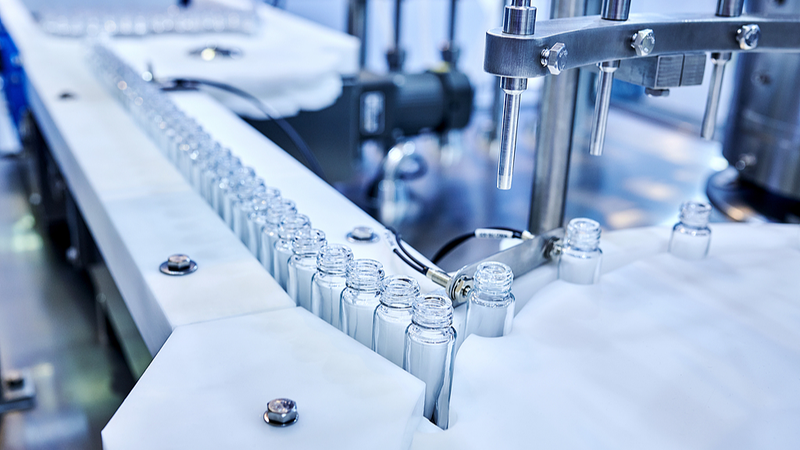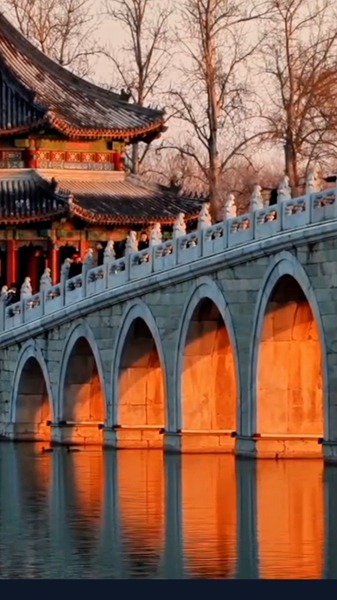Precision Irrigation Goes Digital
At the eastern foot of Helan Mountain in northwest China, vineyards are entering the summer bloom with a high-tech twist. Drip irrigation tubes hang along the vines, all controlled from a smartphone app.
"This integrated drip irrigation system allows for precise water and fertilizer management," says Liu Huibin, deputy manager at GreatWall Terroir's grape planting base. Sensors transmit data on soil temperature, humidity, weather conditions, and irrigation flow to an intelligent control platform, streamlining vineyard operations.
Compared with traditional flood irrigation—which used 700 to 800 cubic meters of water per mu annually—the new system needs just 220 to 260 cubic meters. The result: significant water savings, improved fertilizer efficiency, and more stable grape quality.
Smart irrigation also slashes labor needs. Flood-irrigating 300 mu once required five workers; now, over 7,000 mu use the same crew size, boosting efficiency across the board.
The Rise of Digital Winemaking
Ningxia Hui Autonomous Region is known as a "golden zone" for grape cultivation. With abundant sunshine, well-drained soils, and big day-night temperature swings, it’s ideal for premium wines. By late 2024, the region boasted over 600,000 mu of vineyards and an annual output of 140 million bottles, exported to more than 40 countries and regions.
Local wineries are harnessing technology to push quality even higher. Huangkou Winery adopted a digital fermentation control system to monitor temperature, density, dissolved oxygen, and liquid levels in real time. "With the mobile app, we can adjust fermentation conditions instantly, ensuring consistent wine quality," explains lab technician Li Dan.
IoT sensors, drones, and remote sensing enable rapid vineyard inspections and eco-friendly pest control. Blockchain traceability lets consumers scan QR codes to see every production step, according to Zhang Xueyan, the winery’s director.
Building a Smart Wine Ecosystem
Collaboration with universities has yielded over 20 patents and breakthroughs, from advanced fermentation tanks to oxygen-permeable polymer barrels. In January last year, the wine industry technology collaborative innovation center opened at Helan Mountain’s eastern foot—China's first open platform for the sector. Its goal: to build a digital platform covering the entire wine chain, from vine to bottle.
"We will continue prioritizing innovation to create smart vineyards and boost the global competitiveness of Ningxia's premium wines," says Li Jun, director of the wine industry park's management committee.
As digital tools reshape every acre, northwest China's wine industry is set for a tech-driven future, combining tradition, sustainability, and innovation to pour its flavors onto the global stage.
Reference(s):
Smart tech drives dynamic growth in northwest China's wine industry
cgtn.com


